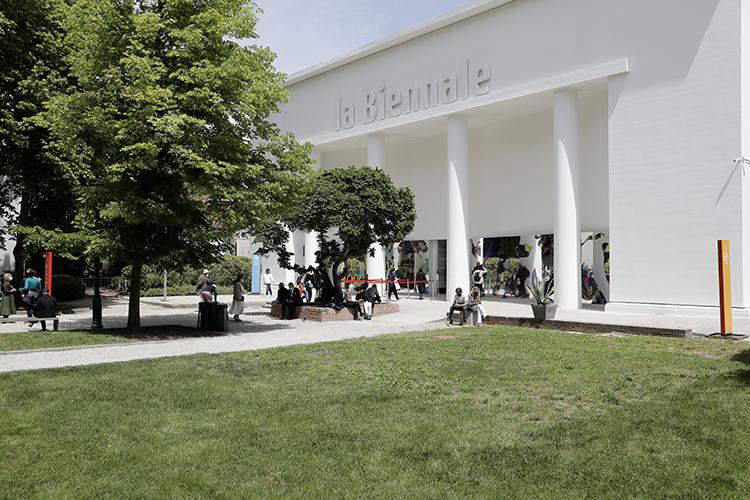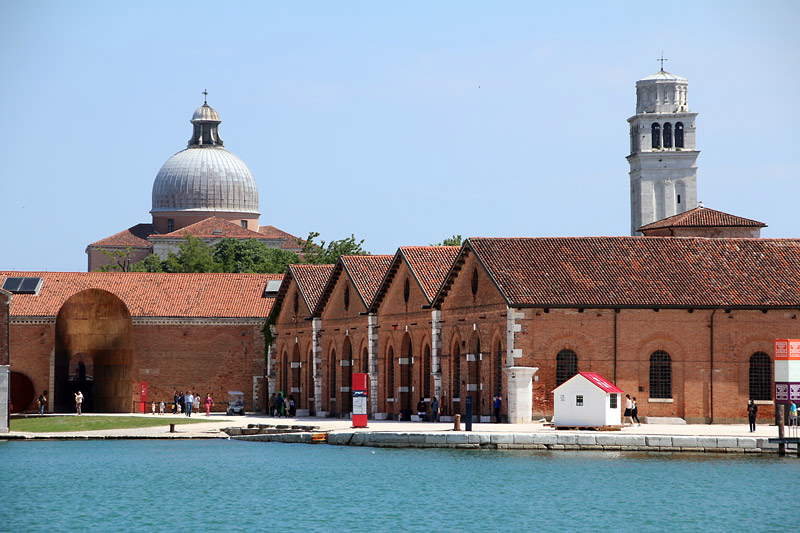It almost has the flavor of mockery or derision. Just the day before yesterday, Artribune published an open letter of mine to Eugenio Viola, appointed curator of the Italian Pavilion at the next Venice Biennale, in which I recommended that he return this section to the central space at the Giardini di Sant’Elena, as it has been for so many years, including that 1972 in which, in collaboration with Francesco Arcangeli, I myself was able to occupy a suite of five rooms, an entire wing of the Palazzo. Apparently, the current curator has done nothing to restore such a situation, which would belong to us as the country hosting the event and largely paying the price for organizing it. I suppose our representation remains in that place at the end of the world, when just beyond it is only the Lagoon. But the most serious fact is that the choice has fallen on a single artist, one Gian Maria Tosatti, a 40-year-old man about whom, admittedly out of ignorance on my part, I know nothing at all, and it is not easy to tell what kind of work he does through a few peeks on social media.
It is unique in its extremism, which could find justification only if it were an exceptional talent, almost a bomb to blow up in everyone’s face, but I don’t see that to be the case at all. I wonder how a president of the Biennale and a section director could have allowed such a risky choice, even punitive towards our art, which even in the glorious institution of the Biennale should find support and resonance. Perhaps without exaggerating, as Sgarbi managed to do in the worst realization of that pavilion, where he managed to cram dozens of presences. But come on, as for articulations, poetics, and research trends, there are so many of them nowadays, and we are certainly not without them. Moreover, as if the gravity of this single-minded, masochistic-sounding assumption were not enough, I learn that this portentous Tosatti has also been designated, as sole selector, to curate the next Quadrennial, which, if possible, is even more jarring. It is not that the Quadriennale shines in its various rounds, in fact among our great institutions, Biennale, Triennale and precisely Quadriennale, it is the latter that fares the worst.
The Biennale is the winner, if it does not fall into the error I am stigmatizing here, but it has the right periodicity, and there are dozens of those around the world that are inspired by its model. What’s more, the Venetian event has had the merit of also equipping itself with the art that was missing from the hippel, architecture, which it has included in its fixed activities since the 1980s, with excellent success, so much so that it has had its hands bitten off by the competing Milan Triennale, which had no longer believed in the possibility of respecting that periodicity for larchitecture and related activities, But, on the strength of the excellence and breadth of its spaces, the Milanese Palazzo delle Arti defends itself well, hosting a large number of events and exhibitions capable of attracting a wide audience.
The Quadrennial, on the other hand, is the languishing patient, trying to revive itself by changing its place in bed, but becoming increasingly engulfed in mistakes and missteps. Here again, it would perhaps be worthwhile to take a look at the antiquity, at good traditions, to make this instrument a faithful attestation of what has taken place in the four-year period, dedicating meaningful and monographic tributes to the artists who have passed away in the meantime, and acknowledging the addresses born in the meantime. Which in any case implies a collective activity, capable of mobilizing varied forces, also to offer testimony as to how the work of critics, and even gallery owners, has unfolded in the meantime. Instead of such a fair collective review, this time we will have a monologue recited I do not know with what competence and foresight.


Warning: the translation into English of the original Italian article was created using automatic tools. We undertake to review all articles, but we do not guarantee the total absence of inaccuracies in the translation due to the program. You can find the original by clicking on the ITA button. If you find any mistake,please contact us.